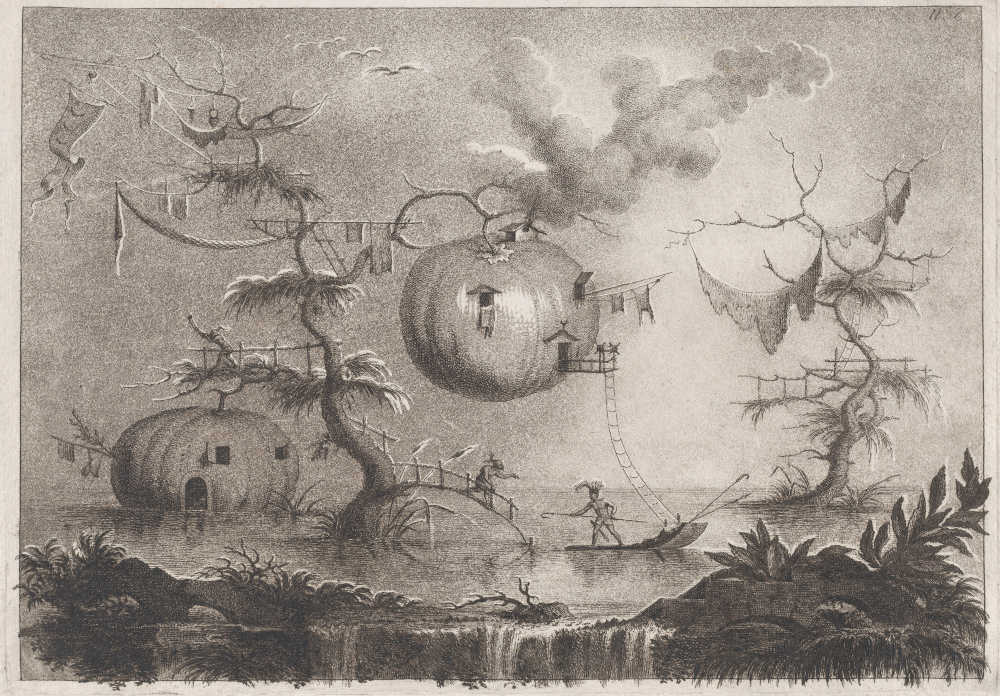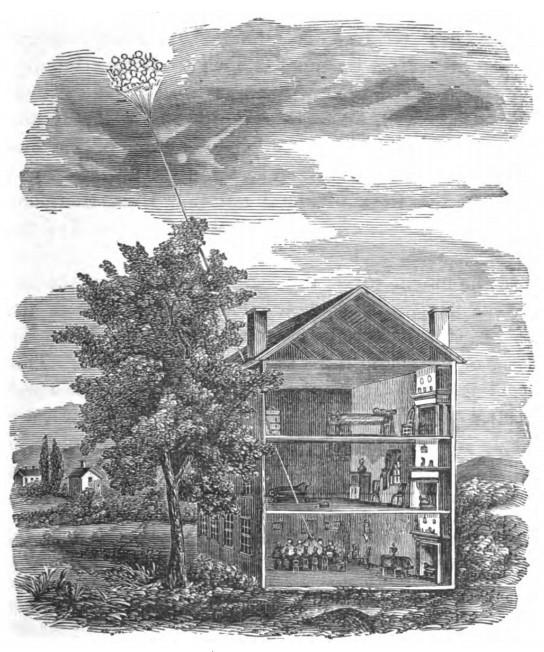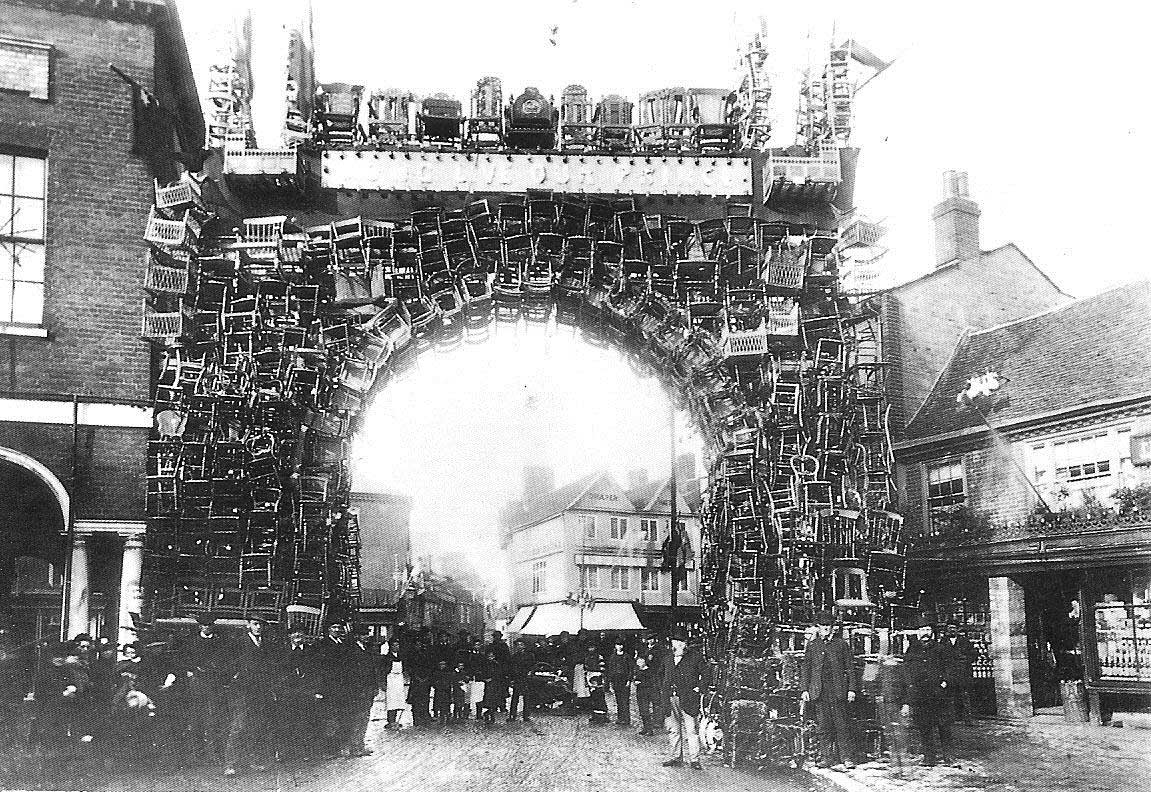When [Sir Richard Francis Burton] was in India he at one time got rather tired of the daily Mess, and living with men, and he thought he should like to learn the manners, customs, and habits of monkeys, so he collected forty monkeys of all kinds of ages, races, species, and he lived with them, and he used to call them by different offices. He had his doctor, his chaplain, his secretary, his aide-de-camp, his agent, and one tiny one, a very pretty, small, silky-looking monkey, he used to call his wife, and put pearls in her ears. His great amusement was to keep a kind of refectory for them, where they all sat down on chairs at meals, and the servants waited on them, and each had its bowl and plate, with the food and drinks proper for them. He sat at the head of the table, and the pretty little monkey sat by him in a high baby’s chair, with a little bar before it. He had a little whip on the table, with which he used to keep them in order when they had bad manners, which did sometimes occur, as they frequently used to get jealous of the little monkey, and try to claw her.
That’s from Isabel Burton’s Life of Captain Sir Richard F. Burton, 1898. In her own biography of Burton, A Rage to Live, Mary S. Lovell says that Burton learned to imitate the monkeys’ sounds and believed that they understood some of them. He compiled a list of 60 words, but it was lost an 1860 fire that destroyed nearly all his papers.






